Houseplants have become increasingly popular over the past few years as more and more of us are filling our homes with natural foliage. Apart from adding a touch of nature to our interiors, houseplants also bring many other benefits. Houseplants can ease stress and boost your mood, reduce air pollution, and brighten up your home winter.
If you enjoy tending to your indoor plants and keeping them in good health by avoiding mistakes that will kill your houseplants, it’s very likely that you will be able to propagate your plants successfully.
Here, Jo Lambell, founder of Beards & Daisies, shares with Tom’s Guide 5 easy plants to take cuttings from and how to transform them into new plants.
1. Chinese Money Plant

The Chinese Money Plant (Pilea peperomioides), is one of my favorite houseplants. You can easily double your money when taking a cutting from a Chinese Money Plant. I find it’s so prolific that I literally have to give my plants away.
Lambell describes the plant as having “perfectly round, coin-shaped leaves that sit on thin stems, making it a unique addition to your home.”
What’s more, she adds, “It’s easy to care for and thought to bring good fortune,” with the added benefit that “it’s also pet-friendly and thrives in light, indirect light.”
Why taking a cutting is easy
Lambell explains that the plant produces ‘pups’ or baby plants around its base, which can be easily separated and grown into new plants.
What to do
1. Wait until the pups are about 2-3 inches tall and have a few leaves of their own.
2. Carefully remove the plant from its pot and find where the baby plant is attached to the main plant.
3. Use a clean, sharp knife or scissors to cut the pup away, ensuring it has some roots attached.
4. Plant the pup in fresh potting soil, water lightly, and keep it in a warm, bright spot.
2. Spider Plant
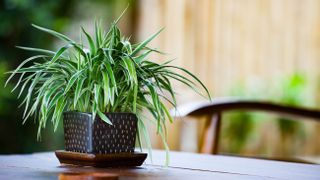
The Spider plant (Chlorophytum comosum), known for its long spidery leaves that cascade from the plant’s base, is another easy houseplant to propagate. Lambell says, “With hanging, arching leaves and distinctive green and white stripes, the Spider Plant is a beautiful feature in any room.”
It’s also a low-maintenance plant that acts as an air purifier while it thrives in a variety of light conditions.
Why taking a cutting is easy
Spider Plants produce small plantlets, known as ‘spiderettes’, which Lambell explains, “dangle from the mother plant, like tiny parachutes.”

What to do
1. Snip off a ‘spiderette’ when it develops small roots underneath.
2. Place the plantlet in a glass of water, ensuring the roots are submerged.
3. Once the roots are about 1-2 inches long, transfer it to a pot with fresh soil.
3. Snake Plant
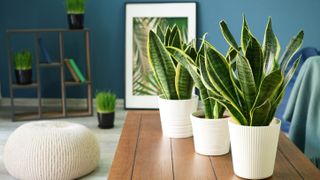
The leaves of Snake Plants (Sansevierias) take a sword-like form, with Lambell describing them as hardy, drought-tolerant houseplants that are great air purifiers. So, if your plant-watering schedule is less than perfect, a Snake Plant is the best choice for you.
Why taking a cutting is easy
It might seem odd if you are taking cuttings from your houseplants for the first time, but you can increase your crop of Snake Plants by using pieces of their leaves. Alternatively, you can split the plant up.
What to do
By leaf cutting
1. Cut a healthy leaf into 3-4 inch sections.
2. Let the cuttings dry for a day or two to prevent rot.
3. Place the cuttings upright in new, moist potting soil, making sure the base is in contact with the soil.
By division
1. Remove the plant from its pot and gently separate the root clusters.
2. Ensure each section has at least one healthy leaf and some roots.
3. Replant each section in fresh soil.
4. Philodendron

Lambell describes Philodendron as a low-maintenance houseplant, which is a great benefit if you are keeping houseplants for the first time. While they prefer bright light, they’ll also survive in darker conditions and can manage a little neglect.
“This houseplant has glossy, heart-shaped leaves and falling vines,” she says. “It’s perfect for adding a touch of greenery to shelves or hanging planters.”
Why taking a cutting is easy
“Philodendrons grow long vines with little roots at certain spots, which makes them super easy to grow new plants from,” says Lambell.
What do to
Locate a healthy stem with at least two nodes — these are the small bumps where leaves or roots grow).
1. Cut just below a node using clean, sharp scissors or the best pruning shears.
2. Place the cutting in a jar of water, ensuring the nodes are submerged.
3. Once roots are 1-2 inches long, plant the cutting in soil.
Top tip
Ensure your scissors or secateurs are clean and sharp to ensure a hygienic cut. Dull blades can crush the plant tissue and increase the risk of disease. Ragged, uneven cuts are less likely to heal effectively.
5. ZZ Plant
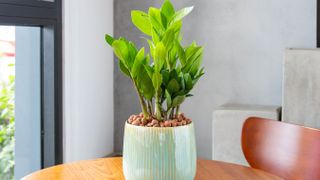
ZZ Plant
Just the name of the ZZ Plant (Zamioculcas zamiifolia) makes me want to own one! But what makes it better, according to Lambell, is that this attractive plant with wide, dark green leaves is easy to care for. “Its waxy, smooth leaves help to reflect light and brighten rooms,” says Lambell, and adds, “It is also an excellent air purifier."
Why taking a cutting is easy
There are two ways you can take a cutting from a ZZ Plant. Lambell says you can split up its thick, potato-like roots or use its leaves.
What to do
By leaf cutting
1. Snip off a healthy leaf and insert the cut end into moist soil.
2. Be patient. It can take months for new growth to appear.
By division
1. Remove the plant from its pot and gently separate the roots
2. Replant each root in its own pot with well-draining soil.
More from Tom's Guide
- Discover 7 best houseplants for beautiful blooms
- And 7 houseplants you can grow without soil
- Plus, 9 mistakes you make when repotting a plant
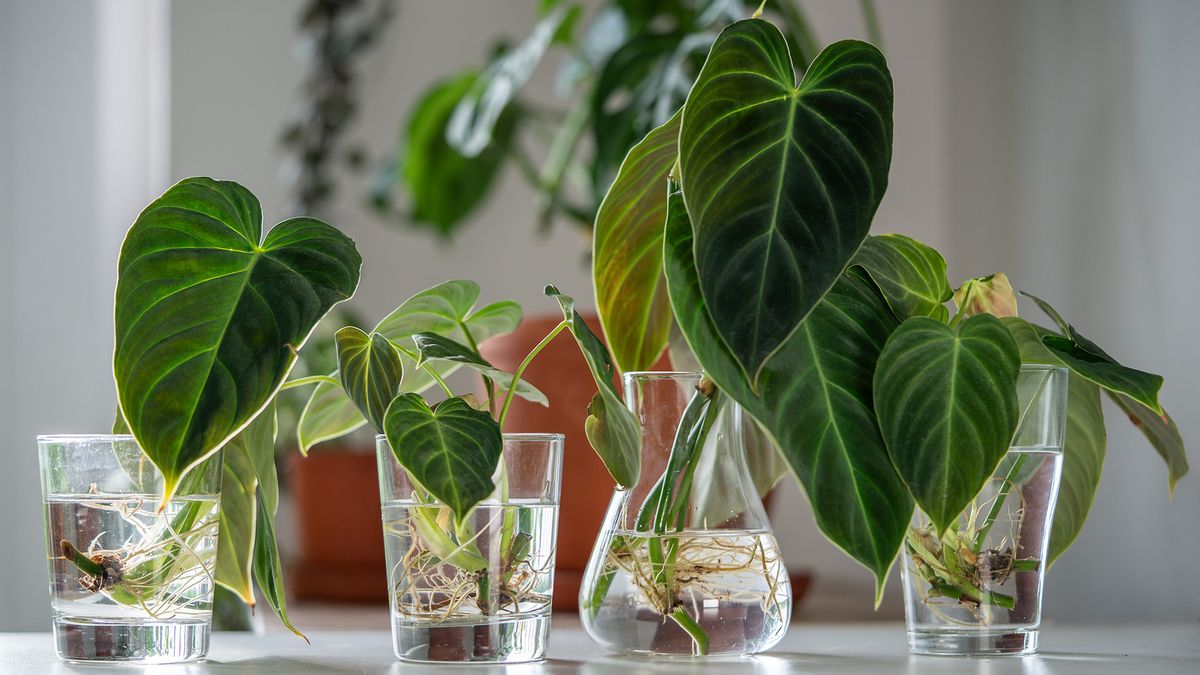
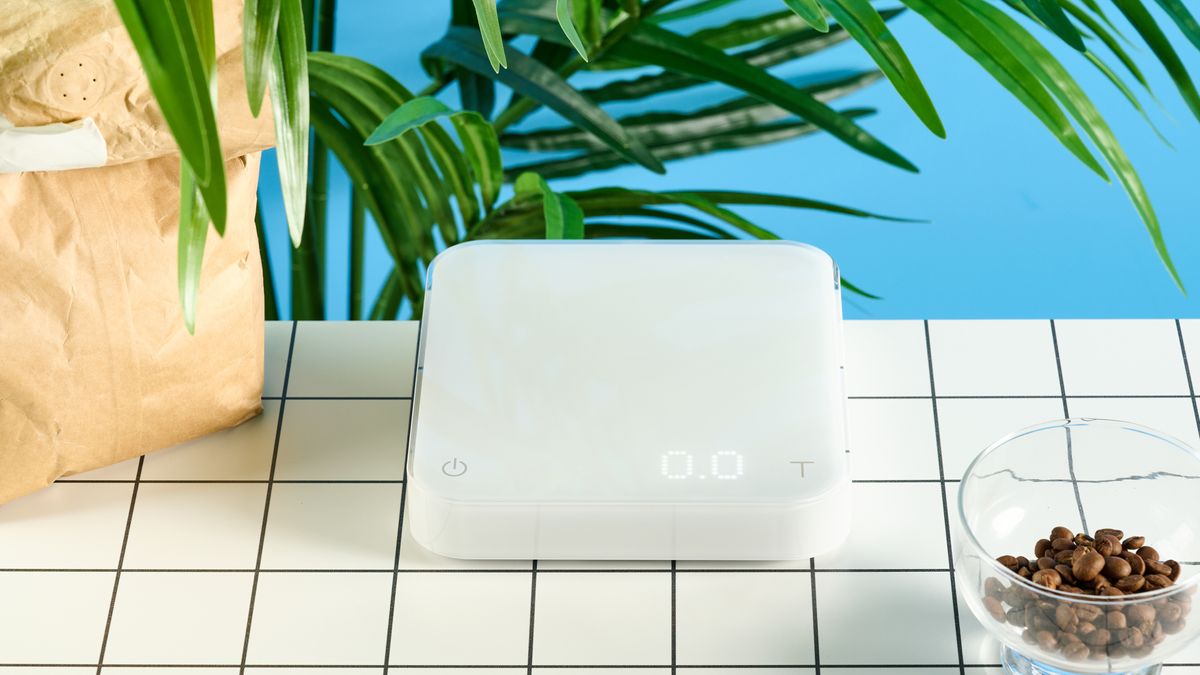



















 English (US) ·
English (US) ·